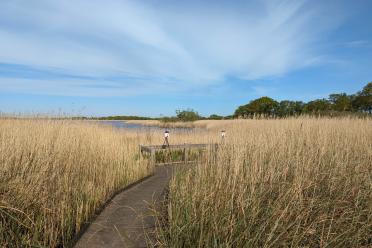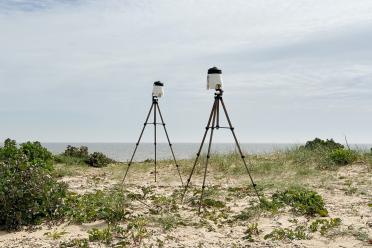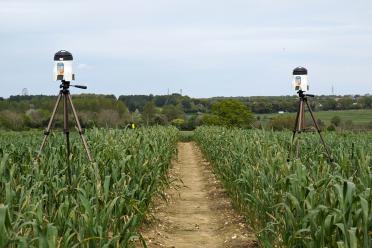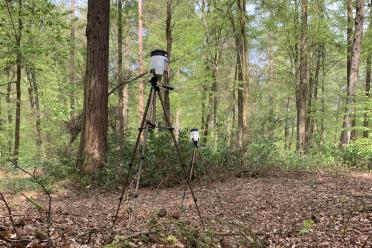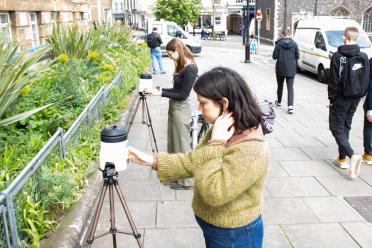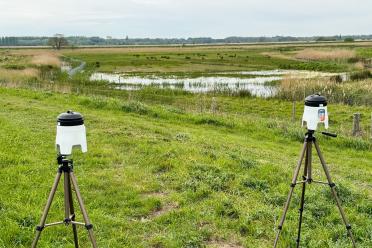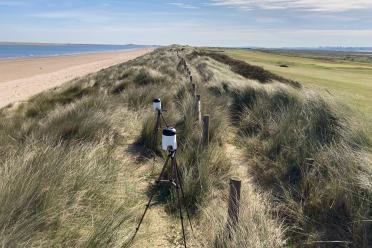
The cutting-edge approach they have developed in collaboration with the Natural History Museum, London, sucks thousands of litres of air through a filter, trapping any biological material floating nearby. This is then prepared, sequenced, and analysed to identify the species present.
The bulk of the DNA captured on the first day of sampling came from plants, likely reflecting the high pollen count in springtime.
Over the course of the next 12 months, their work will reveal new insights about the hidden biodiversity around us, differences between habitats, and how this changes with the seasons.
All living organisms continually, and unwittingly, shed fragments of their DNA into the surrounding environment. Even tiny traces of environmental DNA - sometimes called eDNA - can be detected in the air.
Researchers at the Earlham Institute are capturing and studying airborne eDNA from different environments to learn more about the biodiversity we can’t normally see.
Dr Richard Leggett, who has been leading the technology development underpinning this project at the Earlham Institute, said: “There are extremely small amounts of biological material in the air for us to sample. We have to pull in a lot of air - thousands of litres - to be confident we’ll have captured any traces of the organisms that might be in a particular habitat.
“The cutting-edge technology we’re using, alongside new techniques we’ve developed, allows us to quickly find and sequence any DNA that was in the air - which could originate from plants, animals, bacteria, viruses, or even allergens.”
One of the research group’s interests is crop pathogens, many of which use the wind to spread. These pathogens can be devastating for farmers, who can’t usually detect them until visible signs of infection appear on the plants - at which point it is often too late to save them.
